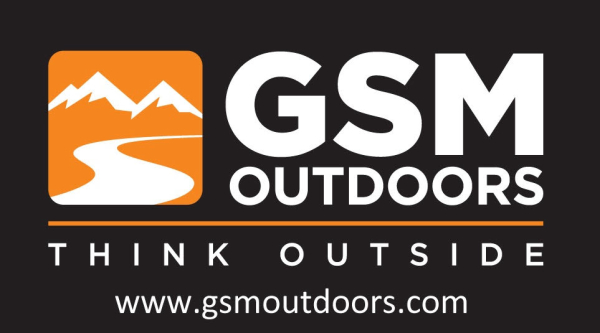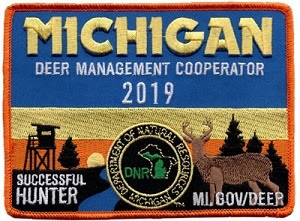Getting Outside
By Glen Wunderlich
Charter Member Professional Outdoor Media Association (POMA)
“Get outside and blow the stink off!” were my grandfather’s harsh words when I got on his nerves some 60 years ago. I don’t know about the “stink” part of that command, but he had a way of chasing us kids outdoors. Back then it was perfectly natural to be physically active and I thrived on the competitive nature of sports and anything out of doors; it just wasn’t anything anyone really had to force us to do.
However, a disturbing trend ominously portends a bleak forecast in the well-being of our younger generation. Outdoor Foundation, the philanthropic arm of Outdoor Industry Association (OIA), released the latest Outdoor Participation Report, showing about half the U.S. population participated in outdoor recreation at least once in 2018, including hunting, hiking, camping, fishing, canoeing and biking among many more outdoor activities. Unfortunately, the report illustrates that half the U.S. population does not participate in outdoor recreation at all.
That sure explains why I see vacant baseball fields in the summer months now, whereas in the past we scrambled on our bicycles to claim these sandlot spaces for a pick-up game.
“Currently, 90 cents of every health care dollar is spent on treating people with chronic disease,” said Jeff Bellows, vice president, corporate citizenship and public affairs, Blue Cross Blue Shield of Massachusetts. “We need to attack the root causes of these diseases, for example, by helping people adopt healthier lifestyles to make sure they are giving themselves and their families the best chance at a healthy life.”
“At a time when Americans are experiencing an epidemic of chronic disease, it’s troubling to know that nearly half do not engage in outdoor recreation at all – something we know helps improve overall quality of life,” said Patricia Rojas-Ungar, vice president of government affairs at OIA. “
Troubling trends include the following:
- Less than 20 percent of Americans recreated outside at least once a week.
- Americans went on one billion fewer outdoor outings in 2018 than they did in 2008.
- Kids went on 15 percent fewer annual outings in 2018 than they did in 2012.
Reversing these current tendencies begins at home and we need more adults like my grandfather, if ever we are to release ourselves from the trappings of physical inactivity.
Sometimes all it takes is a nudge or a simple invitation to participate in a simple fishing excursion or walk in the woods. Opening these conceptual doors can open eyes in a manner that no pretend-video experience has the potential to do.
Today, we see myriad TV commercials touting new wonder drugs to combat what ails us. “Tell your doctor…” they exclaim and take a pill. And, when a person gets too overweight and lazy, it’s the easy way out – that is until years later we learn about all the serious side effects of doing just that.
An ounce of prevention is still worth a pound of cure, so get out there and blow the stink off.








